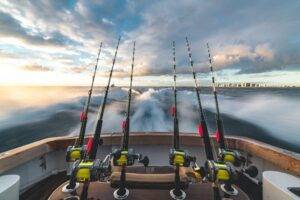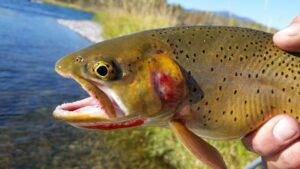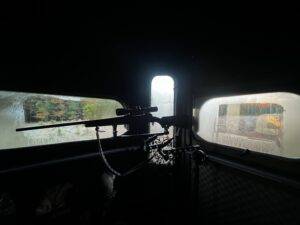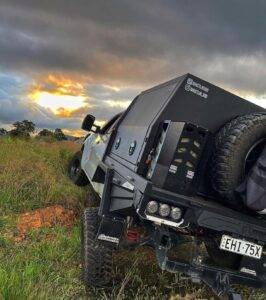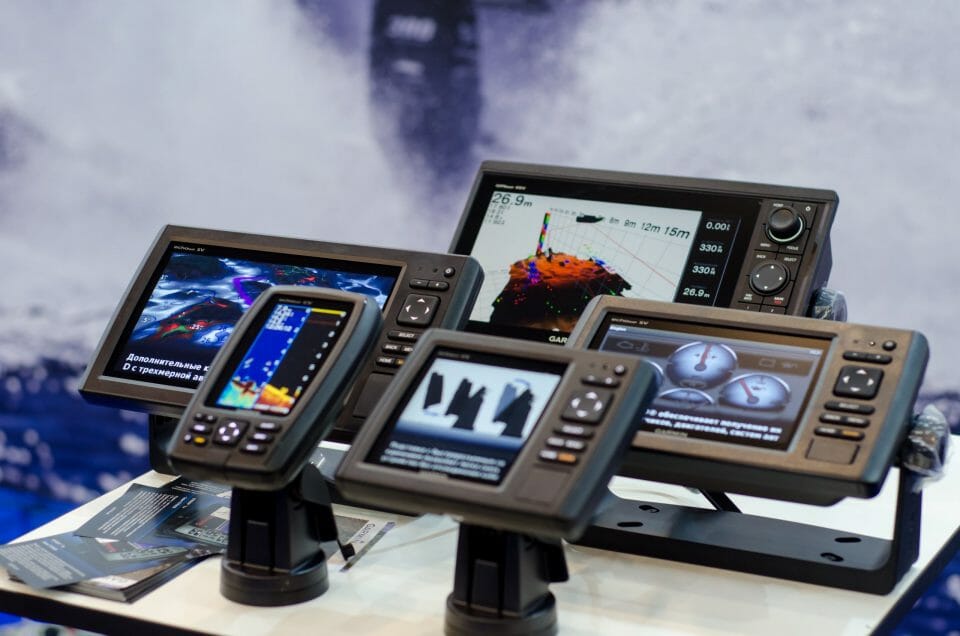
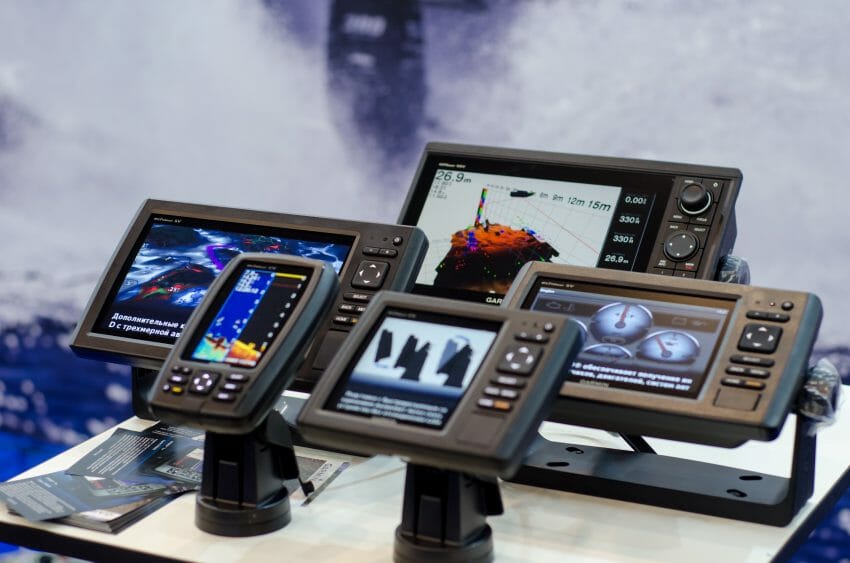
With technology advancements, new tools came to help us improve our hobbies and professions. One of these tools is a fish finder. Fishfinders are modern technology solutions that help anglers locate fish. While many skeptics don’t believe in their effectiveness, they have proven to be very reliable and accurate over time.
Still, just like with any other products, there are better and worse fish finders. When you buy the wrong product, it won’t show you good results, and your fishing might be compromised. If you plan on buying one for yourself, here are some features to look for when purchasing a fish finder, no matter its type.
Type
There are various types of fish finders out there. These types are usually based on function, as well as some additional features. While we can’t say which one can be considered to be the best fish finder, it’s important to note that some types work better for some tasks. For example, Portable Fish Finders are great if fishing is just an occasional hobby that requires you to travel to the fishing location, and if you are a tech geek, then Networked Fish Finders might be the best choice.
The most common types of fish finders are:
- Standalone
- GPS Combo
- CHIRP
- Networked
- Portable Fish Finders
- Ice Fish Finders
Transducer Material
A transducer is a part of a fish finder that casts and receives sonar waves. These waves then bounce off objects and end collected by that same transducer. The data collected from these signals is used to determine where fish are.
Manufacturers make transducers from various materials. Which material you’ll choose depends on the boat you have. If you are not a professional and fishing is just a hobby, then you can have use of a plastic transom mount. These are compatible with most boat types and work satisfyingly enough for most enthusiasts.
Suppose you are a professional that requires a heavy-duty tool. In that case, however, you will need to pay close attention to transducer materials. If you have plastic housing, you’ll need to get a transducer with thru-hull or in-hull mounts, fiberglass, or metal hulls. Steel housing requires aluminum or steel hulls, and bronze housings require fiberglass or wood hulls.
Cone Angles
The cone angle is one more of the essential features to look for when buying a fish finder. It shows the emitted ray’s width. The wider the angle, the larger area can be covered. While the angle expands, the deeper it gets, it will lose sensitivity if the water is deep.
Most transducers have a cone angle between 16 and 20 degrees, but there are transducers out there with an angle as narrow as 6 degrees and as wide as 60 degrees. For most beginners that like to change water depths, a 20-degree angle would be preferable.
Number of Beams
Beams also determine the coverage of a transducer. While most transducers have only one beam, some have several. More expensive models can even have a side beam for the most significant possible coverage! With enough beams, you will be able to cover even larger water bodies without too much hassle.
Keep in mind, though, that beams influence the device’s price. The more beams it has, the more expensive it’ll be.
Usability
If you don’t know how to use a device or have no use of its features, there’s no need to spend money on it. Before you purchase any device, make sure your technical capabilities are high enough for you to read it. This is especially the case if you want to buy a device with all those extra features.
If you aren’t too good with modern technologies, you might want to look at more simplified designs, ones you can use without too much trouble. Make sure your capabilities match the device. Why spend all that money on something that will take you too much time to use adequately?
Screen Type
While color screens are pretty much a standard, several models out there still use black and white screens. While monochrome screens are much more affordable, they are also harder to read. If you plan on fishing in the direct sunlight, you will find that screens in color are much more comfortable compared to black and white ones. If you’re looking for the cheapest model possible (something that we do not recommend) and you don’t mind monochrome screens, then black and white models will work fine. Otherwise, screens in color are the way to go.
GPS
Using fish finders with GPS systems is the quickest and the most precise way to locate fish. GPS allows you not just to get by in the area. Still, it usually comes with pre-made maps of local underwater topography. While you can use a fish finder that doesn’t have a GPS, we’d suggest you always look for this feature for added comfort.
Range
Another essential factor of fish finders is their power, or rather how far their range goes. If you’re fishing in shallow water, then you don’t need a powerful device with a big range. However, in deep water, whether fresh or saltwater, you’d want a fish finder that is as powerful as possible. The stronger the device, the bigger the range, which leads to more accurate readings.
Frequencies
Various fish finders use different frequencies – either single, dual, or multiple. They are connected with features such as cone angles and the device’s range. If you plan on fishing from a fast-moving boat, you’d want to use higher frequencies. However, these won’t give you such a deep range as lower frequencies.
Fixed or Portable
The last thing you want to consider is whether you want your fish finder to be fixed to your boat, or you’d prefer it to stay portable. This depends on your preferences and whether you fish in one boat or prefer renting and moving from a location to a location.
Other than portability, there are a few more differences between these two variations. Portable fish finders are usually smaller and more lightweight, and they often come in several parts. However, if you fish just from one kayak or a boat, a fixed fish finder will work just fine.
Bottom Line
While there are many features to look for when buying a fish finder, it is impossible to say what makes the best product. Many of required specifications entirely depend on your own preference and fishing style, and just because a product may have extra features, that doesn’t have to mean it’s the best one for you. Think about all the things you want your fish finder to have, then find the one that is the best match. And remember – every angler has a unique style, and what works for someone else, might not work as well for you. Stay open-minded and experiment with products. We hope this list with important features will help you find the best fish finder for you.

